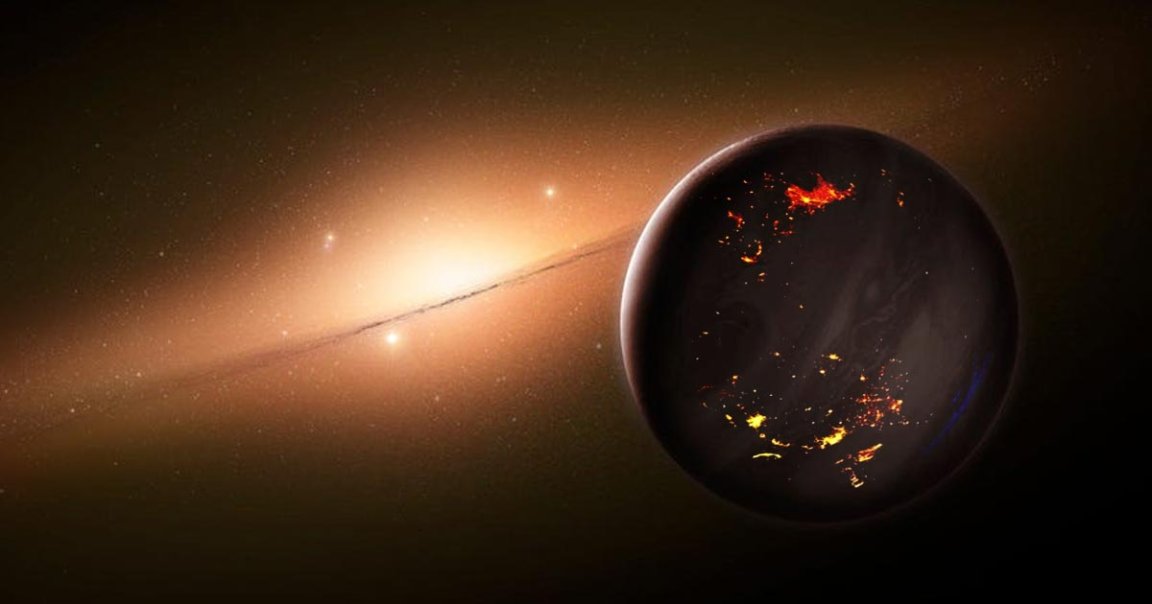
Even at the speed of light, it would take over four years to get to the nearest star system.
Needless to say, escaping a solar system is much easier said than done. But according to a new paper published in the International Journal of Astrobiology and spotted by Universe Today, an advanced civilization could do exactly that — by using an entire planet as a giant spacecraft.
In other words, according to Houston Community College professor Irina Romanovskaya, a rogue planet could act as a lifeboat, letting a civilization leave its old host star behind.
“I propose that extraterrestrial civilizations may use free-floating planets as interstellar transportation to reach, explore, and colonize planetary systems,” Romanovskaya wrote.
Nature may have already inadvertently done just that by shooting rogue planets with habitable subsurface oceans through the cosmos. Astronomers have long suspected the existence of a region enveloping the solar system called the Oort Cloud, a region enveloping our system that’s suspected to be home to tiny, icy planets.
If we commandeered such a world, Romanovskaya proposes, it could provide everything needed to survive the long journey.
“Free-floating planets can provide constant surface gravity, large amounts of space and resources,” she argued. “Free-floating planets with surface and subsurface oceans can provide water as a consumable resource and for protection from space radiation.”
If such a planet were inhospitable or too dark, the astronomy professor suggests advanced civilizations may have already developed technologies such as fusion reactors to make them habitable.
Romanovskaya proposes that “cosmic hitchhikers” could one day use objects like Sedna, a dwarf planet with an eccentric orbit in our deep solar system, as means of escape.
One potential problem with hitching a ride on a rogue planet, however, is that its core could run out of heat and “eventually fail to sustain oceans of liquid water (if such oceans exist),” Romanovskaya wrote.
They’d also be really far away from any other resources important for a civilization’s survival.
“Therefore, instead of making free-floating planets their permanent homes, extraterrestrial civilizations would use the free-floating planets as interstellar transportation to reach and colonize other planetary systems,” Romanovskaya concludes.
The theory also raises the intriguing possibility that SETI researchers could try to spot any aliens employing a planet as a transportation device.
“I propose possible technosignatures and artifacts that may be produced by extraterrestrial civilizations using free-floating planets for interstellar migration and interstellar colonization, as well as strategies for the search for their technosignatures and artifacts,” Romanovskaya wrote.
Which means it may be possible for us to catch a glimpse of a civilization during its great escape — and perhaps learn a thing or two, in case the Sun threatens the Earth by turning into a deadly red giant in the distant future.
READ MORE: Interstellar Travel Could Be Possible Even Without Spaceships, Scientist Says [Universe Today]
More on interstellar travel: Scientists Propose Mission to Catch Up With Mysterious Interstellar Object